The BCFO held their 25th anniversary AGM here in Cranbrook at the Prestige Rocky Mountain Resort and those that attending are calling it "top notch" and the Rocky Mountain Naturalists had a hand in helping to make it so. We arranged the birding field trips for the two consecutive mornings, Ruth Goodwin led the Wycliffe Rambler, Daryl Caulder Elizabeth Lake, Alan Barnard Ha Ha Creek Valley, Dean Nicholson the Spray Irrigation, Three Ponds and Dianne Cooper led them to the Skookumchuck Prairie IBA.
Over 80 delegates attended, there was a technical session about the BC Breeding Bird Atlas, the Annual General Meeting, a banquet with keynote speaker, Jared Hobs, who delivered an informative and passionate presentation about the plight of both Western Screech-Owls, and Spotted Owls in BC.
Mike McGrenere has assumed the role of BCFO President. Marian Porter and Monica Nugent are the new additions to the board. Congratulations to all that attended and helped the RMNats make this a special weekend for everyone!

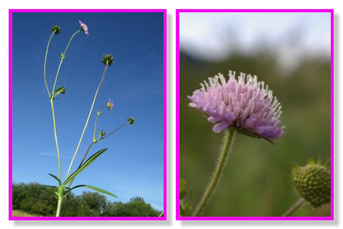
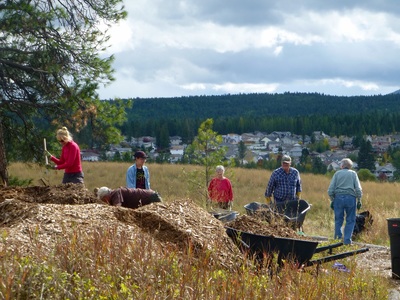
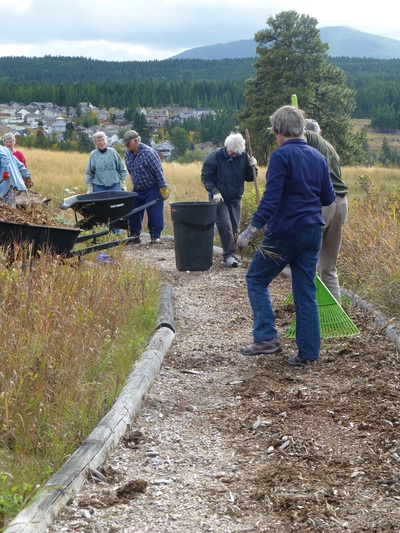
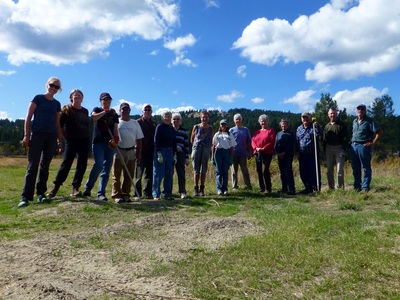
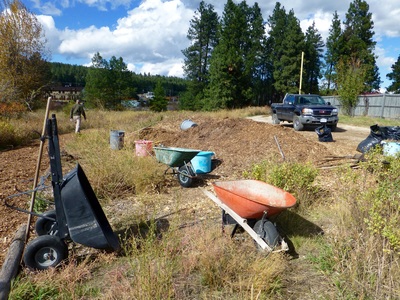
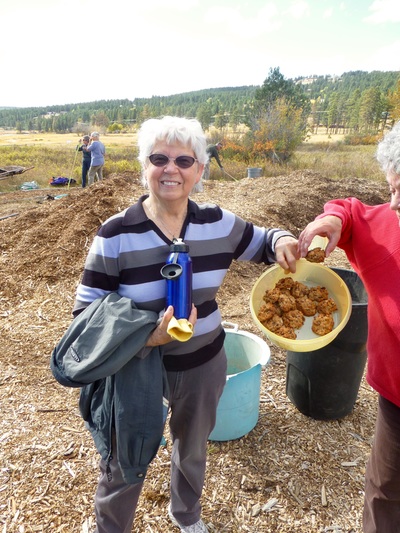
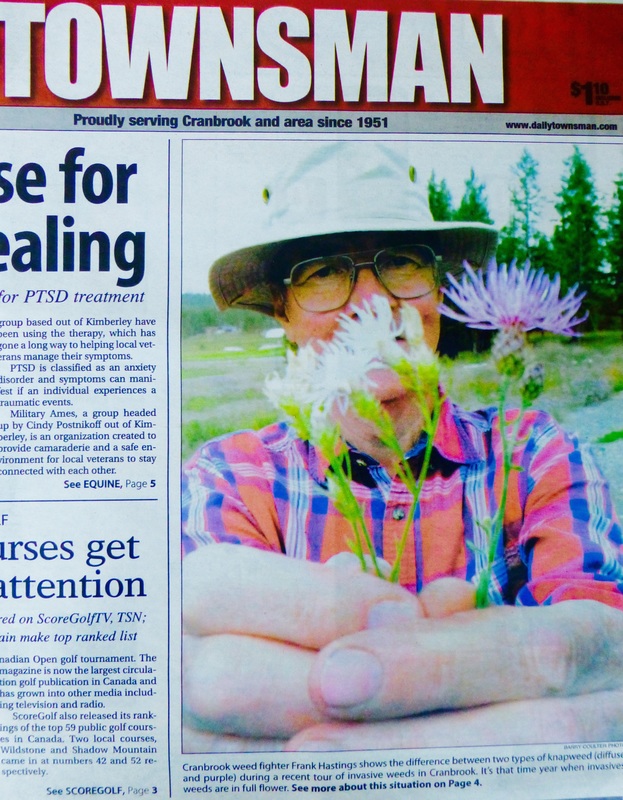

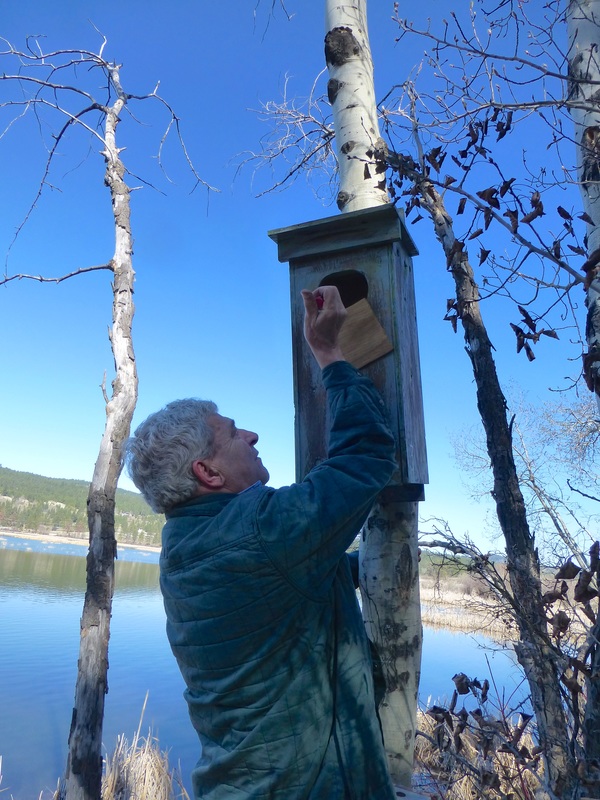
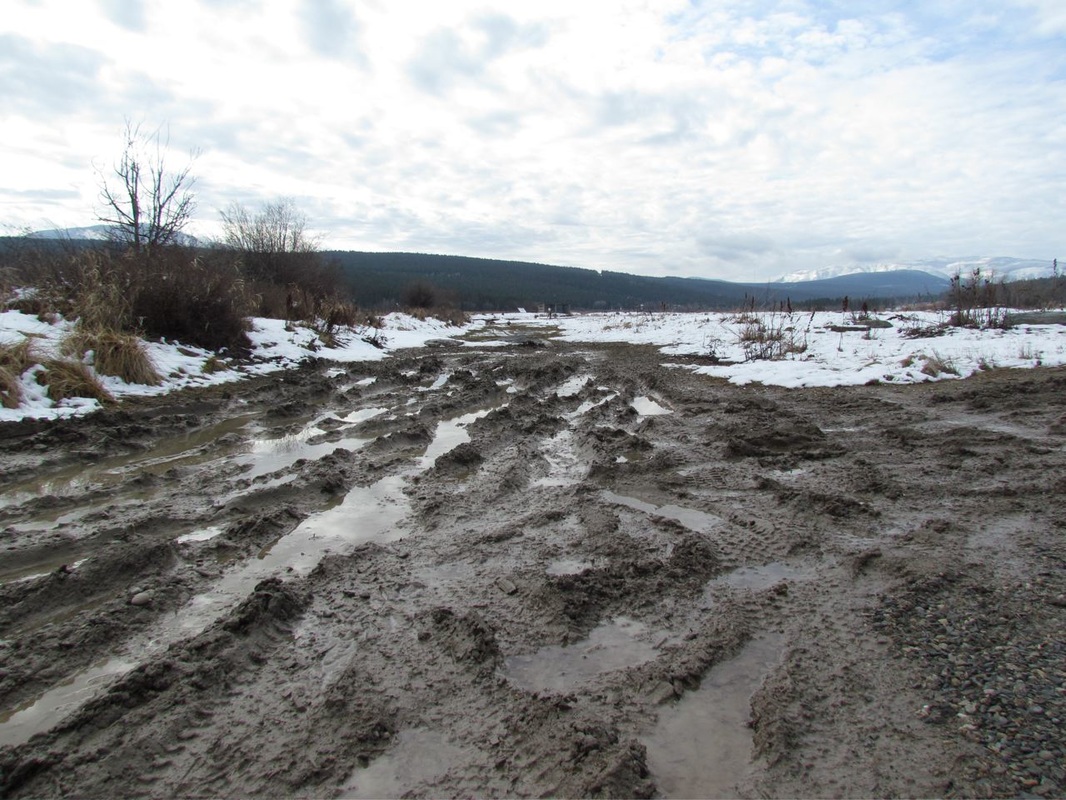
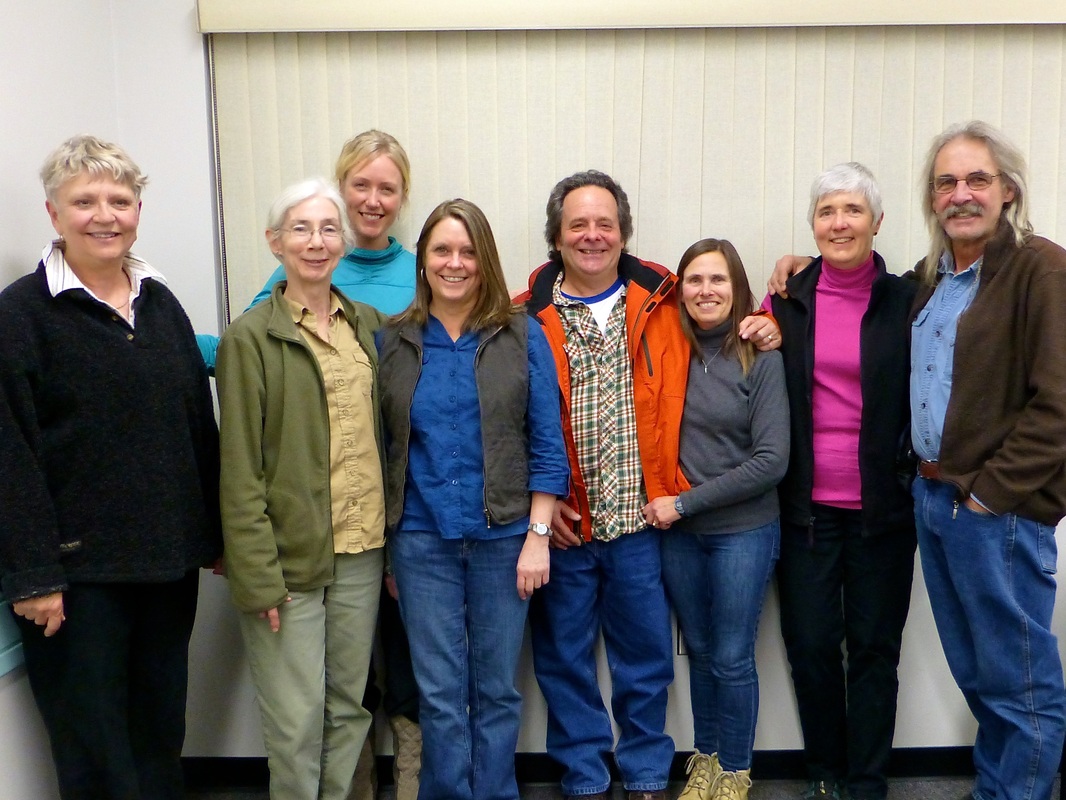
 RSS Feed
RSS Feed
